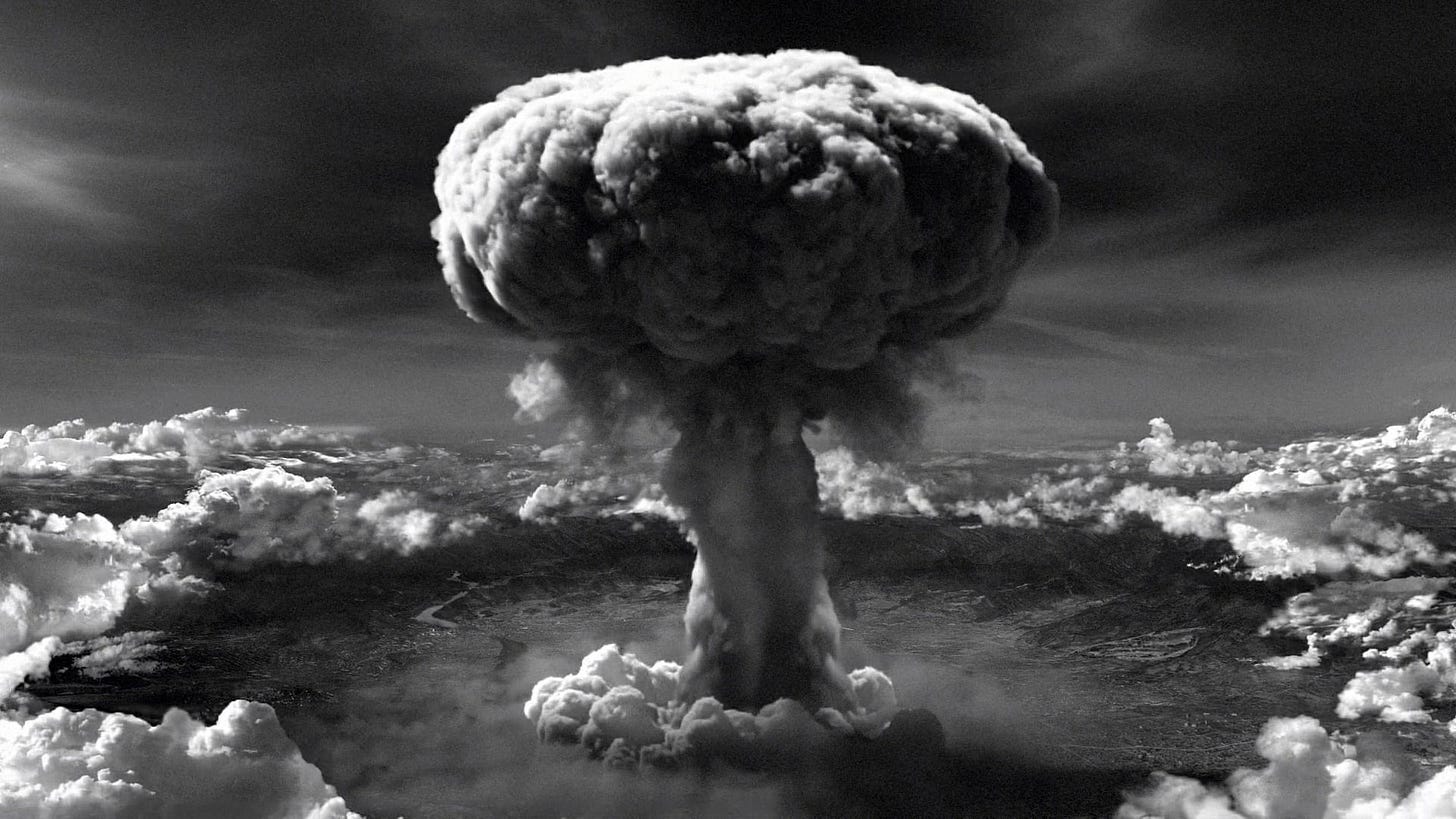What I Learned in Hiroshima About American Lies & War Crimes
80 years after we dropped the atomic bomb, Trump & cronies are still playing at war. History tells us what happens next.
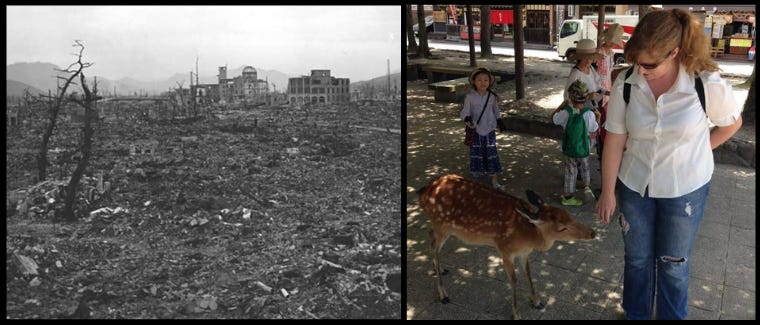
I lived in Japan almost four years — September 2013 to June 2017 — and a little piece of me will always call it home. So, please forgive my brief digression from reproductive justice, as Japan recognizes the 80th anniversary of the bombing of Hiroshima and Nagasaki today.
While in Japan, I had the privilege of visiting Hiroshima. How could I not?
It was a beautiful, sunny spring day during Golden Week. My friend and I first visited nearby Miyajima (宮島), or Miya Island, home of the iconic Itsukushima Shrine and “floating” torii, which is a UNESCO World Heritage Site.
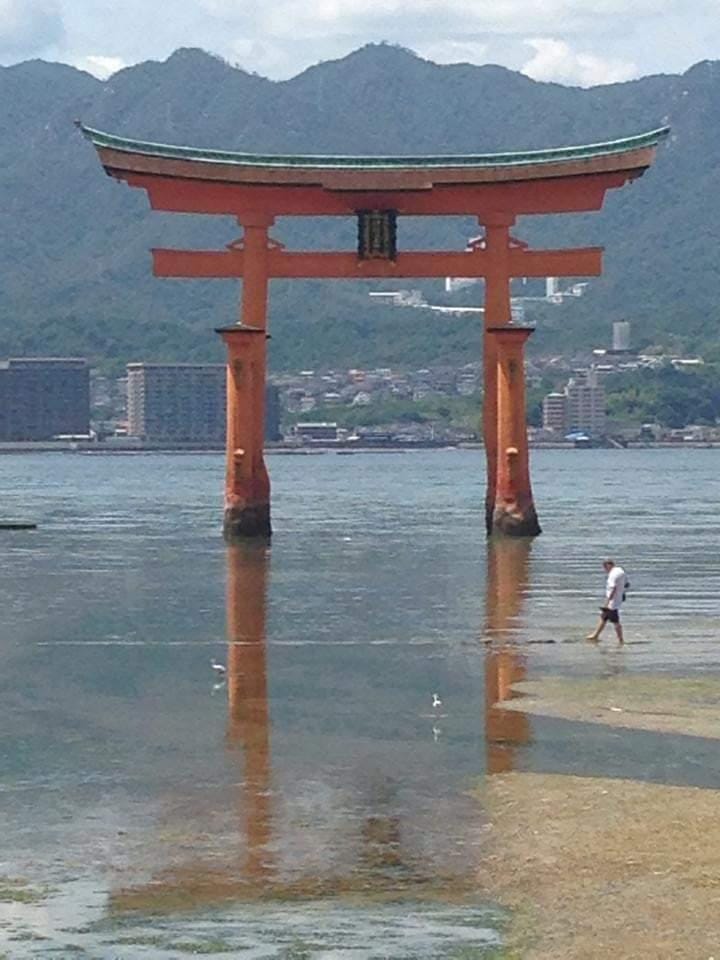
Another highlight was spending time with some of the beautiful, friendly deer who inhabit the island and wander freely among the tourists, completely unbothered (shown in the photo above).
Our serene morning filled with historic wonder and forest animal love couldn’t have prepared me for what came next: visiting the Hiroshima Peace Memorial Museum.
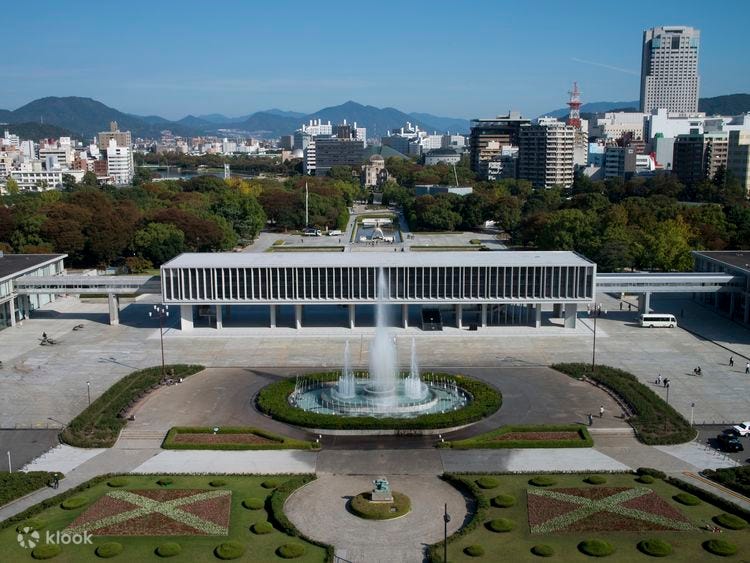
As someone always willing to challenge her beliefs, I had wanted to visit this museum for a long time. Yet upon entering, I expected to be met with blame and an anti-American bias and, thus, had my defenses ready — defenses born of absorbing years of American exceptionalism programming during my school years.
Those defenses and misunderstandings quickly evaporated once I stepped inside.
I will never forget the image of wax statues of school children running away, framed by a backdrop of red and orange streaks of light and violence, their skin melting from their hands and legs.
Or an an authentic block of cement that bears the outline of ashes left from a man who had been sitting on the steps of the Hiroshima Branch of Sumitomo Bank, completely incinerated by the atomic blast.
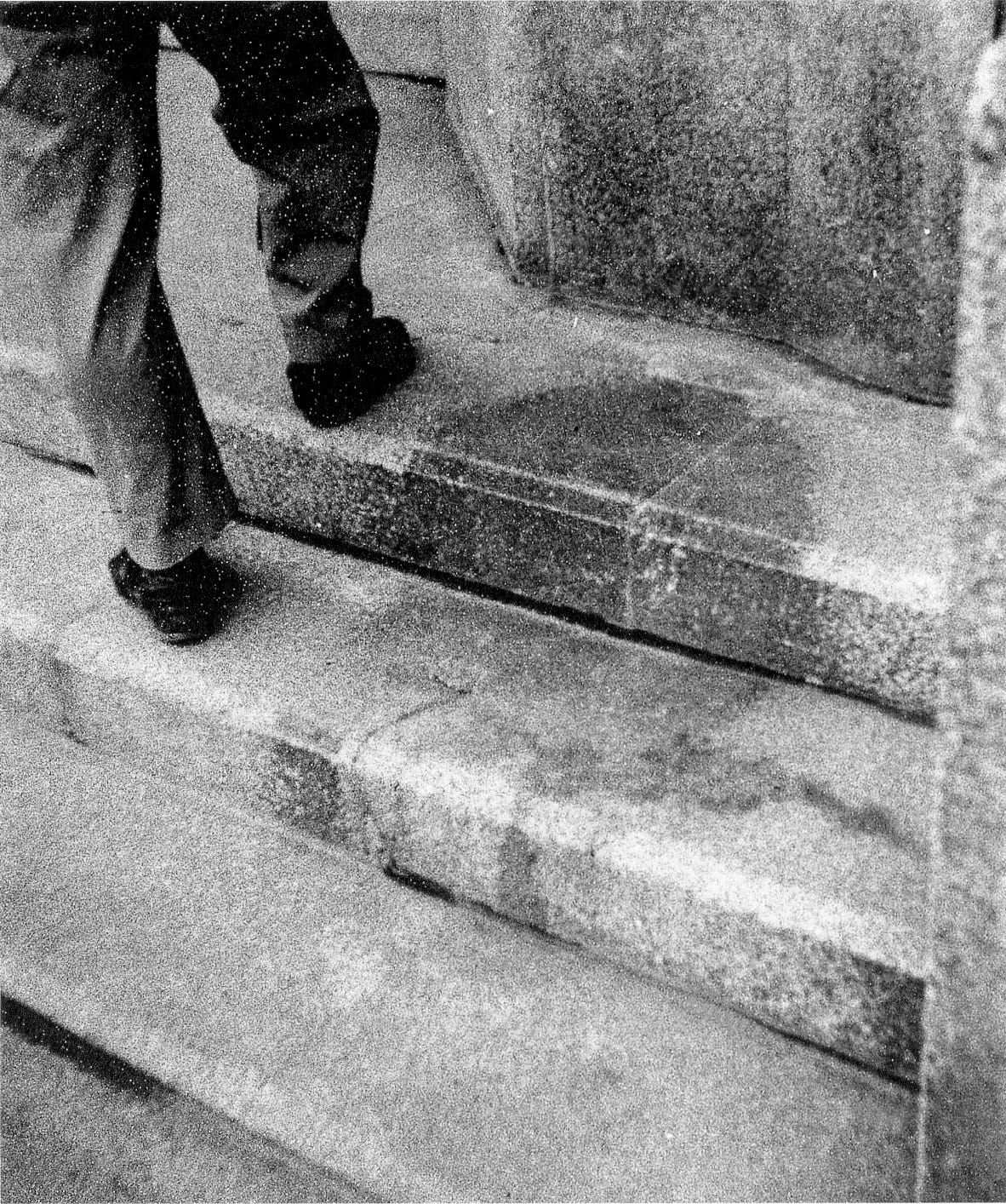
The countless photos of people who suffered from ongoing cases of cancer in the aftermath — bedridden, and disfigured from sores and burns.
And learning about the systemic birth defects, the increase in miscarriages and stillbirths — and the deep psychological distress it caused pregnant women, fearing the effects on their fetuses.
I was sobbing by the end of my time at the museum, embarrassed by my spontaneous outburst — yet on another plane of existence, where grown-ups can be authentic, I was completely at one with my breakdown. The Japanese people around me understood: "Another American heart has changed," their gentle nods and downward-cast eyes seemed to be saying.
After visiting that museum, I was convinced: The United States absolutely committed a war crime when we dropped those two bombs.
There, I read a copy of the Stimson Memo, in which Secretary of War Henry L. Stimson pressured President Truman to drop the bombs on Japan for a show of power. That this might help the U.S. “dominate the postwar world.” Stimson framed the bomb’s use as a strategic necessity to shorten the war through psychological intimidation, suggesting that mere destruction was secondary to showing the world, especially the Soviet Union, the future might of the United States.
That was the moment — the very moment my defenses broke down.
We were told the Japan bombing ended World War II. While true, that bombing was actually never about "winning" any wars or "stopping the bad guys." Because the truth is….
Japan was already seeking surrender.
Even top U.S. military leaders disagreed with the bombings.
Estimates of “saved American lives” were inflated after the fact.
It was a political weapon — mainly to intimidate Russia.
By the end of 1945, the bombing had killed an estimated 140,000 people in Hiroshima, and a further 74,000 in Nagasaki. Of those killed, it was estimated that 38,000 were children. In the following years, many of the survivors would face leukemia, cancer, or other terrible side effects from the radiation.
Overcoming the indoctrination of our past is imperative for future peace.
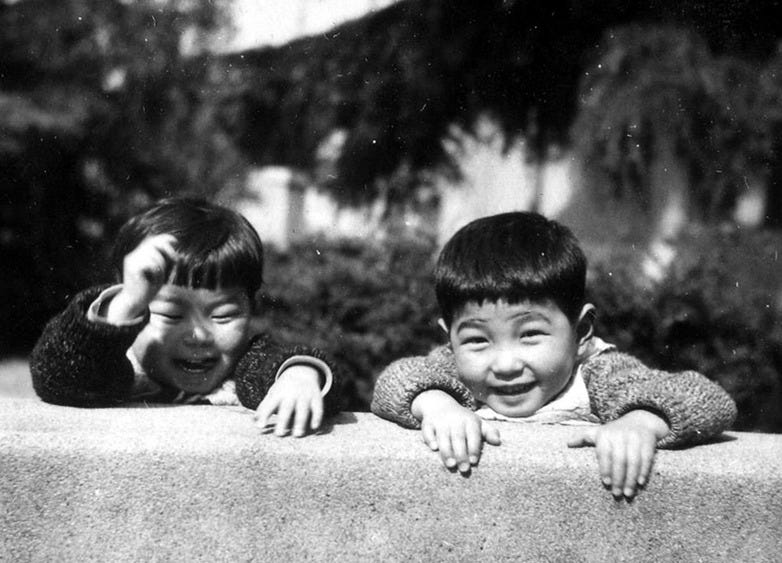
But instead of a reckoning, as usual, we foolishly march toward war in the year 2025 — led by Trump’s childish obsession with playing wartime hero, puffing his chest while he and his regime send other people’s kids to die.
The Pentagon just signed a $3.5 billion contract for thousands of AIM-120 air-to-air missiles, citing surging global demand and depleted stockpiles. Russia is deploying hypersonic nuclear-capable missiles to Belarus. Ukraine is mass-producing drones and cruise missiles. NATO allies are rapidly increasing defense budgets and building new weapons plants. The world is rearming — fast — and the language of dominance is back in fashion.
And only Boeing, Lockheed Martin, and other weapons manufacturers and war contractors are the clear winners with their billions of dollars in profits. We march on.
The museum told a different story that day — one without enemies or excuses. No fanfare. No nationalism. Just the raw honesty of loss. I stood in the wreckage of what power had done and forced myself to face what we never seem to allow ourselves to face in the U.S.: the aftermath, the humanity, the consequence.
Do you know what struck me the most, though? The Hiroshima Memorial Peace Museum is not about blame and bitterness — when, honestly, the Japanese have every right to harness festering hatred toward us. The museum is 100% about never again.
Nippon, I left a little piece of my heart with you after I came home. And you hold it with care, even though my people don’t deserve it. May we learn from your example of forgiveness and peace always.
Fueled by green smoothies and Gen X grit, Colleen Luckett is part literary witch, part intersectional feminist warrior calling out forced birthers, capitalist co-opters, and faux-feminists — strong-willed, justice-rooted, and done playing nice with fascists. You can find her on most of the social platforms, including The Abortionfluencer Podcast, at theabortionfluencer (be sure to drop the “in”! ).


